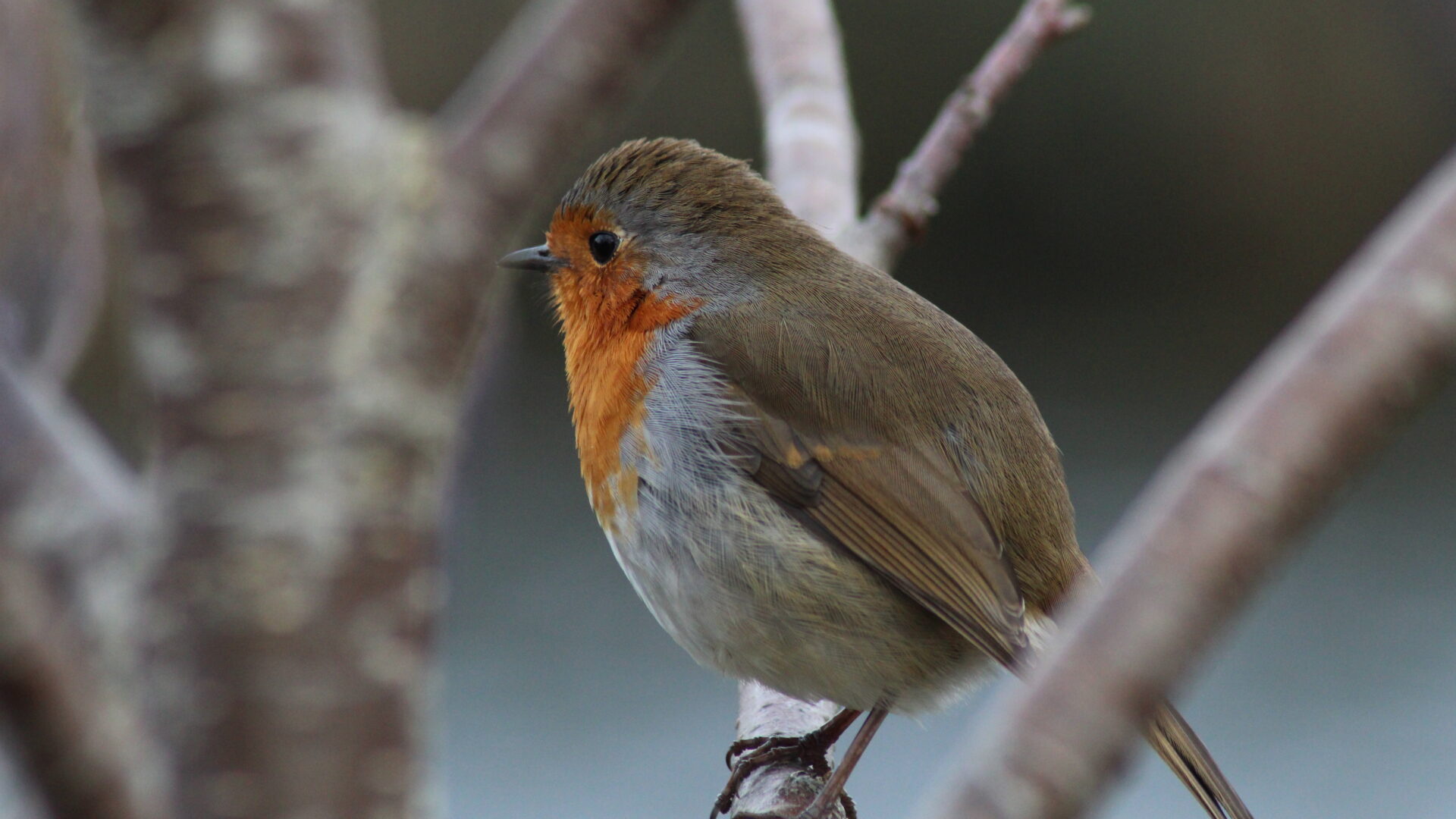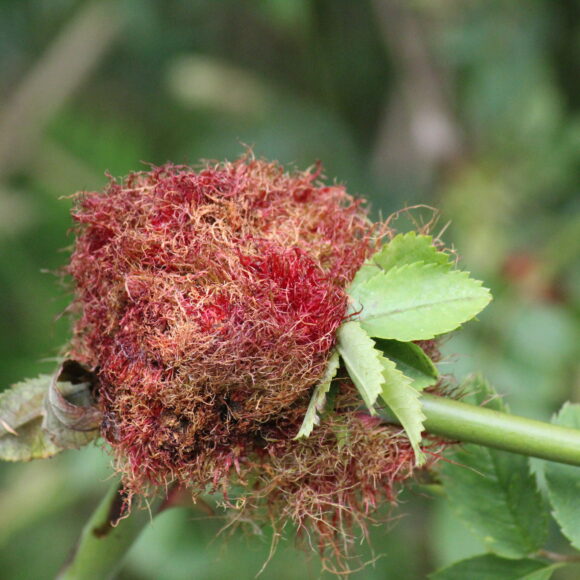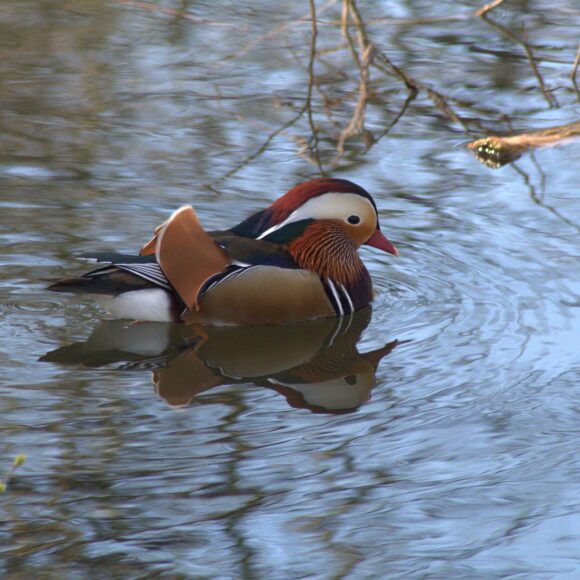
Look Wild: Nature Spotting in the Peak District
-
Date posted: 30/09/2024
-
Time to read: 8 minutes
In our fast-paced lives, it can be challenging to carve out time for ourselves — time that allows us to slow down, be present, and connect with nature. Often, we find ourselves only appreciating our surroundings when we’re on holiday or exploring new places. Recently, I took the opportunity to walk mindfully, deliberately focusing on the often-overlooked beauty of the familiar species right at my feet. This simple act of paying attention transformed my perspective and deepened my connection to the world around me.

Butterflies
Butterflies are a wonderful species to spot in the summer (if it’s not too rainy). By walking a bit slower up to flowers and flowering bushes, or sitting down for a few minutes in the grass I got some fantastic views of these fascinating creatures. Have you noticed the iridescence of the male common blue, or marvelled recently at the ‘eyes’ on a peacock? The painted lady is common and a widespread butterfly in the UK, with the caterpillar food plant being thistles, mallows and nettles, and the adult favouring garden species such as buddleia. The painted lady is an absolute treat to stop and watch, being a fairly large orange, black and white butterfly.
Did you know? These butterflies carry out a phenomenal migration.
“The journey of the Painted Lady is simply incredible. Recent research has shown that not only can they cross the hugely hostile terrain of the Sahara desert, but also that transatlantic flight to South America is possible – a distance of at least 2,600 miles!” – Richard Fox, Head of Science, Butterfly Conservation

Robin’s pin cushion
While following the flight of a gorgeous speckled wood butterfly, it landed by this amazing Robin’s pincushion. This is a gall caused by the larvae of a tiny gall wasp, Dipoloepis rosae. One gall is the home for many grubs, each in their own chamber. They live in there throughout the winter feeding on the host plant and emerging in spring as adult wasps. Robin’s pincushion can be seen widely in late summer starting out green, and maturing to its red colour in Autumn.
Did you know?
Galls usually form on the stem, but can occasionally be found on leaves or rose hips. The adults don’t need males to reproduce.

Mandarin duck
Walking quietly next to rivers can reveal a whole new world of species, from dancing beautiful demoiselle damselflies, brown trout drifting in the water, or if you are really lucky, a water vole ‘plopping’ into the water. Mandarin Ducks are a common but stunning sight on the waterways around the Peak District, although they can often be shy, hiding under over-vegetation next to riverbanks. As non-native species, there does not seem to be much evidence about a negative impact on our native wildlife as their range is limited to slow flowing rivers and small ponds surrounded by trees; but it is something to consider. In the meantime they can be appreciated as one of the most beautiful ducks on our waterways.
Did you know?
Mandarin ducks nest in holes in trees, which can be quite high up, resulting in a nail biting jump of faith from the ducklings before they can fly! After all the family join back together on the ground, they head to the water with the male.

Dragonfly wing
By walking slowly, or sitting quietly and being observant of the nature all around, you can also spot treasures within reach. This amazing dragonfly wing was gently fluttering in the breeze catching the sunshine reflecting off the different segments. Its only by looking closely that we can get a true appreciation for the beauty and complexity of things we may see regularly, especially as dragonflies beat their wings up to 30 times per second! The segments on the wing are fine veins, to help with performance and the pattern differs on each dragonfly species. Dragonflies are truly masters of the skies, being able to beat their 4 wings together or separately which allows them, to hover, fly in any direction and change direction very quickly – they can also fly at up to 30mph. The dragonflies’ incredible flying ability has even been studied by engineers to used to improve capabilities of drones and aircraft.
Did you know?
Dragonflies were the original dinosaurs and were the first winged insects to evolve around 300 million years ago. They were called griffinflies and had a whopping wingspan of 70cm.

European robin
Our humble and very common robin seems to have a charmed life, being our national bird, they are associated with Christmas traditions and they can sing all year round providing a beautiful soundtrack to our year. They also befriend gardeners and eat the worms turned over in the soil from spades and forks, becoming tame enough to eat food from our hands. However, they also have a darker side. Robins can be aggressively territorial and can kill rivals who encroach on their territory, there have even been reports of robins attacking their own reflections.
Did you know?
Robins are most likely associated with Christmas as a reflection of postmen in Victorian Britain in their red jackets delivering our Christmas cards; the postmen were even nicknamed ‘Robins’.

Impaled beetle
Sometimes slowing down and being mindful to our surroundings can reveal amazing rarities we just wouldn’t notice otherwise. This beetle was pierced on barbed wire, possibly put there by a Shrike or ‘butcher bird’. Shrikes, especially the males, impale their prey on plant spines or similar to act as larders and to attract females. Its times like this when being ‘nature nosy’ really pays off!
I encourage you to spend even just 5 or 10 mins on your next lunch break or when walking the dog, to treat yourself by indulging that childlike curiosity and seeing what gems you can find right under your nose.
If you’ve been inspired to get out into nature, you can share any photos or observations with us and get featured on our social or our newsletter! Send your observations to connect@nationalparks.uk. Join iNaturalist and start identifying nature near you today! LookWild is a brilliant citizen science project that helps contribute to our data and knowledge of wildlife and habitat health across the UK.
This blog was written by Kate Wilson, Engagement Ranger at Peak District National Park